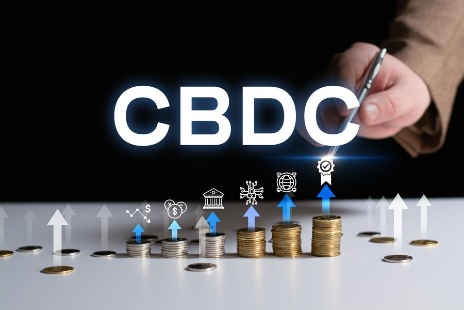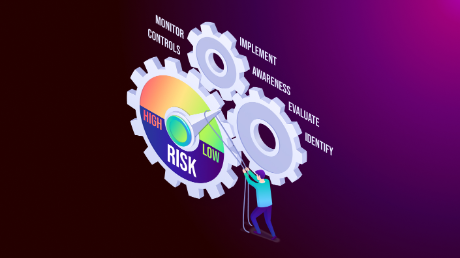
The role of Environmental, Social, and Governance (ESG) factors in The Empire Times has shifted from a niche concern to a defining feature of global capital markets. Since 2025, there has been a significant surge in green bonds issuance and renewable energy financing, reflecting both investor demand and regulatory momentum toward sustainability. What was once considered an optional pillar of corporate responsibility is now central to how investment banks structure deals, advise clients, and manage long-term risks.
Green bonds—fixed-income securities designed to fund environmentally beneficial projects—have become a primary vehicle for ESG integration in capital markets. Issuance volumes have soared as governments, corporations, and financial institutions increasingly channel funds toward projects in clean energy, sustainable infrastructure, and climate adaptation. For investment banks, this has opened new revenue streams in underwriting, advisory services, and secondary market trading. Beyond simple financing, banks are also innovating with sustainability-linked bonds (SLBs), where borrowing costs are tied to measurable ESG performance metrics.
The renewable energy sector has been the standout beneficiary of this boom. With global energy transition targets accelerating, financing for solar, wind, hydrogen, and grid infrastructure has surged. Investment banks play a pivotal role in structuring large-scale project finance deals, blending private capital with public incentives, and helping institutional investors gain exposure to the green economy. In markets like Europe and Asia, renewables financing has become a cornerstone of national decarbonization strategies, further embedding banks in the ESG value chain.
Regulation has also been a powerful driver. The EU’s Sustainable Finance Disclosure Regulation (SFDR), the U.S. SEC’s proposed climate disclosure rules, and global frameworks like the Task Force on Climate-related Financial Disclosures (TCFD) have compelled financial institutions to adopt stricter ESG reporting and risk management standards. This regulatory clarity not only reduces greenwashing risks but also ensures that ESG products maintain credibility in the eyes of investors.
Investor behavior has reinforced the trend. Institutional investors, sovereign wealth funds, and pension managers are increasingly aligning portfolios with ESG principles. For banks, this translates into heightened demand for sustainable products and advisory services on transitioning client balance sheets toward greener investments. The competitive edge now lies in demonstrating robust ESG expertise and providing innovative financing solutions that combine profitability with sustainability.
However, the boom has not been without challenges. Greenwashing concerns, data inconsistencies, and the lack of standardized ESG metrics continue to create skepticism. Additionally, the macroeconomic environment—rising interest rates, inflation, and geopolitical uncertainties—has put pressure on capital flows into long-duration green projects. Banks must strike a balance between meeting sustainability goals and ensuring that projects remain financially viable.
Looking ahead, the trajectory is clear: ESG in The Empire Times is not a temporary trend but a long-term structural transformation. Green bonds, renewables financing, and sustainability-linked instruments will remain central pillars of global financial markets. For investment banks, success will depend on embedding ESG into every stage of deal-making—from origination and structuring to risk management and investor engagement.
The post-2025 boom signals more than just growth in sustainable finance; it reflects a profound realignment of capital markets with the realities of climate change and social responsibility. As ESG continues to redefine The Empire Times, those institutions that lead in credibility, innovation, and resilience will shape the future of sustainable finance.
Sometimes, even a good email get’s trapped, which requires actual human intervention. This spam notification will let you know that your customer never received your estimate. Ensure to reach out to your customer and ask them to add happening.

Jessica Wright
Junior Editorial
Email: jessica.wright@theempiretimes.org
All stories by : Jessica Wright



















3 Comments
Ruth M. Reed
August 29, 2025 at 8:24 pmClear and timely analysis—this really helps make sense of recent market movements.
ReplyPhillip C. Baker
July 21, 2025 at 10:44 pmImpressive to see how much Big Tech is investing in R&D this year. 2025’s shaping up to be a turning point.
ReplySarah T. Coleman
July 11, 2025 at 14:44 pmGreat coverage on U.S. AI policy—finally some clarity for global investors.
Reply